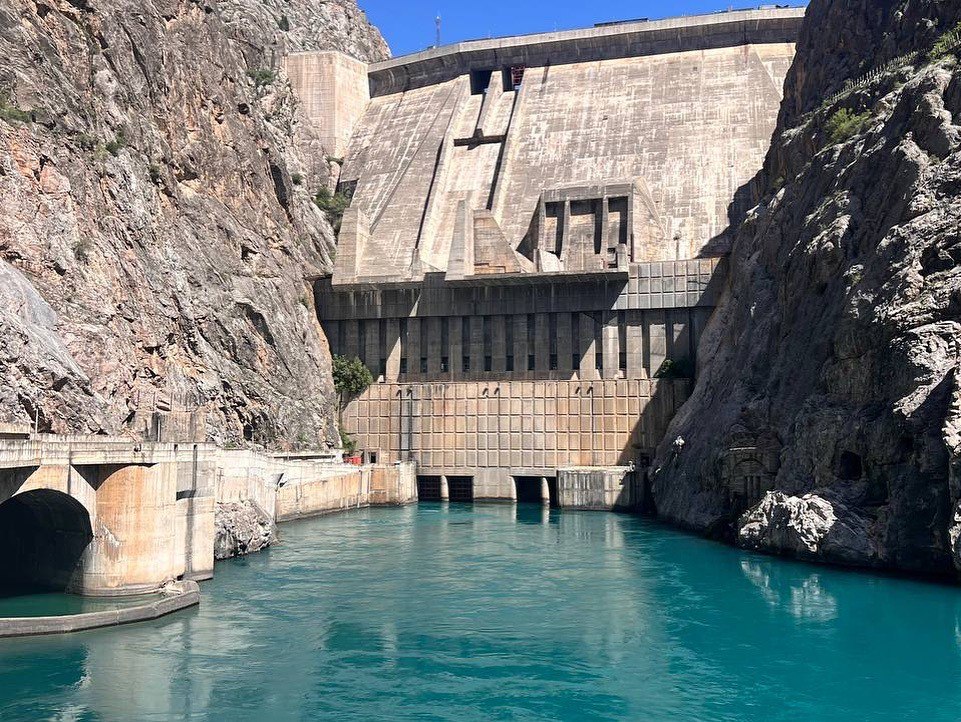Kyrgyzstan Begins Construction of Its First Wind Power Plant
Kyrgyzstan has begun construction of its first-ever wind power plant, marking a significant step toward diversifying the country’s energy mix and addressing chronic electricity shortages. The ferroconcrete foundation was recently laid near the city of Balykchy on the northern shore of Lake Issyk-Kul, according to the Ministry of Water Resources, Agriculture, and Processing Industry. The 100-megawatt (MW) wind farm will be developed in two phases: Phase One: 21 turbines with a combined capacity of 50 MW Phase Two: 20 turbines, each with a capacity of 2.5 MW The first wind turbine, rated at 1 MW, is expected to be commissioned in August 2025. Once fully operational, the facility will generate up to 250 million kilowatt-hours (kWh) of electricity annually, offsetting emissions equivalent to those produced by 35,000 cars. The wind farm will supply power not only to the Issyk-Kul region but will also contribute to electricity exports through the CASA-1000 (Central Asia-South Asia) transmission project. This regional initiative aims to export surplus summer electricity from Kyrgyzstan and Tajikistan to Afghanistan and Pakistan. The government has emphasized that expanding renewable energy sources is essential for resolving the country’s long-standing energy deficit and attracting much-needed investment in the sector. Despite having the potential to produce 142 billion kWh annually, Kyrgyzstan’s current electricity output is only about 14 billion kWh, roughly 10% of its hydropower capacity. In 2024, the country’s total electricity consumption reached 18.3 billion kWh, up 1.1 billion kWh from the previous year. Hydropower plants accounted for the bulk of production, generating 12.77 billion kWh. Coal-fired thermal plants contributed 1.76 billion kWh, while small private hydropower stations produced 156.2 million kWh. Solar installations added just 0.17 million kWh. To bridge the shortfall, Kyrgyzstan imported 3.63 billion kWh of electricity in 2024, an increase of 141.7 million kWh from 2023.


